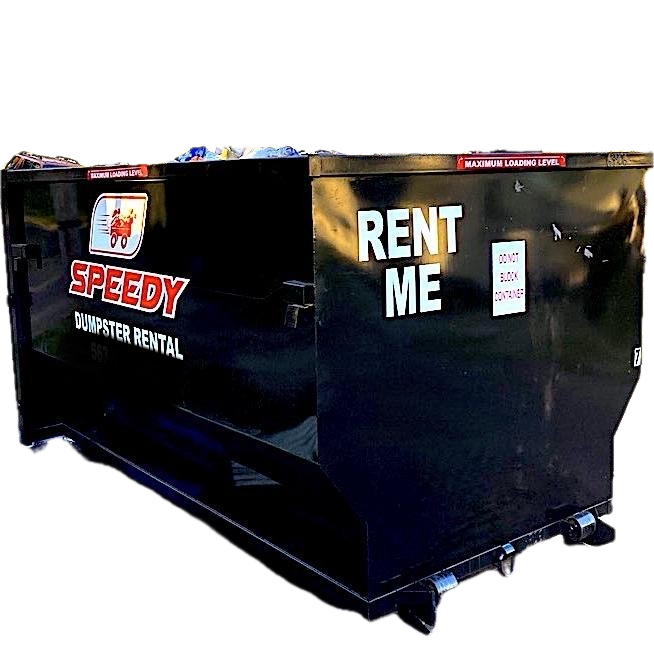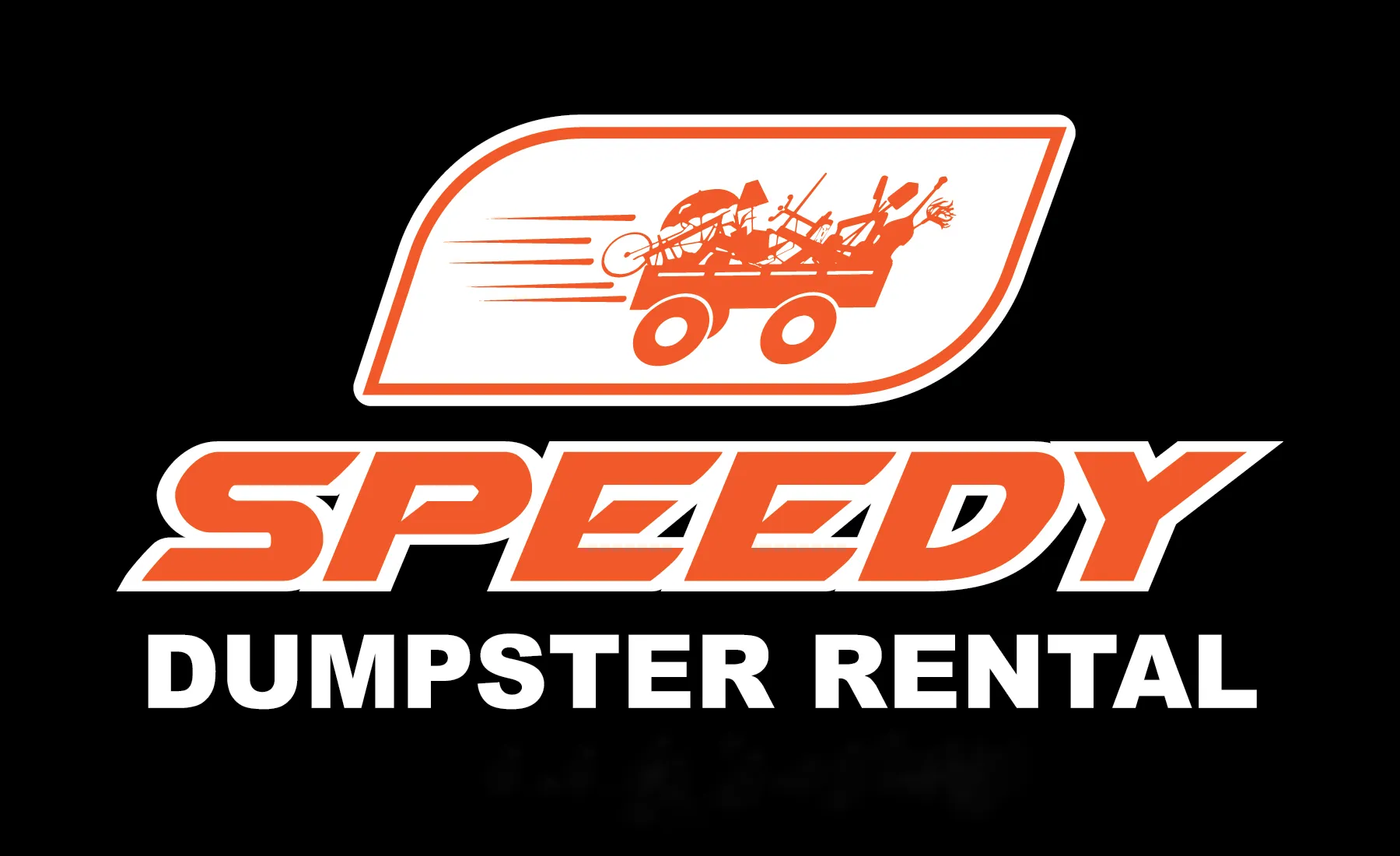OFFICE HOURS
Monday - Sunday: 7:00 AM - 7:30 PM

Construction Dumpster in Wheatland, IA
Construction dumpster service in Wheatland, IA for remodels and new builds. Safe, compliant waste management with flexible pickup.
Construction Dumpster in Wheatland, IA
Construction dumpster services in Wheatland, IA provide the heavy-duty waste management foundation for remodeling, new builds, demo projects, and site cleanups. For local contractors, builders and property owners, choosing the right construction dumpster means safer job sites, smoother logistics on narrow rural roads, compliance with local disposal rules, and predictable hauling costs for every phase of work.
Why a dedicated construction dumpster matters in Wheatland, IA
Wheatland projects face specific local conditions: seasonal freeze-thaw cycles that affect ground bearing, spring rains that can create muddy access, and a mix of residential and agricultural roads that influence placement and trucking. A construction-specific dumpster is built to handle bulky, heavy, and mixed-construction debris while minimizing site disruption. Using purpose-built containers also reduces trip hazards, limits cross-contamination of recyclable materials, and ensures disposals meet local landfill and recycling requirements.
Container sizes and capacities
Construction dumpsters come in several heavy-duty sizes to match project scale. Typical options for Wheatland job sites include:
- 10-yard roll-off: Useful for small remodels, garage cleanouts, or concentrated debris loads.
- 20-yard roll-off: A common choice for medium renovations and small new builds.
- 30-yard roll-off: Best for larger remodeling projects and significant debris volumes.
- 40-yard roll-off: For full demolitions, multi-unit builds, and projects producing large amounts of heavy material.
Each container has both a volumetric capacity and a maximum weight limit. Concrete, brick, and soil reach weight limits before volume fills, so choose a container rated and priced to accommodate heavy loads if those materials are expected.
Site logistics and placement in Wheatland
Proper placement reduces damage to driveways, minimizes traffic impact, and speeds daily operations:
- Preferred placement: on compacted gravel or asphalt if available. If placed on grass or a residential drive, use wooden blocking or protective mats to prevent frost heave damage during winter months.
- Street placement: Placing a container in the road or on a public right-of-way may require a permit from Wheatland or Clinton County and compliance with local parking and blocking rules.
- Access and clearance: Ensure at least 12–15 feet of vertical clearance for roll-off trucks and a clear path of travel for pickup and setdown. Narrow rural lanes and overhead wires common around Wheatland farms should be assessed before delivery.
- Timing: Schedule delivery and pickups around other site activities to avoid conflicts with equipment, concrete pours, or material deliveries.
Pickup schedules and project timelines
Pickup frequency should match debris production and storage needs, not just calendar dates. Common schedule patterns:
- Daily or every-other-day pickups: For fast-paced demo sites or where debris accumulation would block work areas.
- Weekly pickups: For steady-pace remodels and new construction with manageable daily loading.
- Project milestone pickups: Coordinate removals after major demolition phases, slab removals, or framing completion.Seasonal considerations in Wheatland: avoid scheduling heavy pick-ups on thawing days when trucks can rut soft backyards; instead opt for paved or stabilized staging areas.
Materials handling: wood, concrete, metal
Different materials require different handling practices to control costs and meet disposal rules.
- Wood and lumber: Untreated wood can often go to municipal landfills or be chipped and reused; painted, treated, or pressure-treated wood may be restricted. Bundling bulky lumber can improve loading efficiency.
- Concrete, brick, and masonry: Extremely heavy per cubic yard. Break concrete into manageable pieces before loading to optimize space and avoid early weight overages. Consider separate containers or split loads to manage tonnage limits.
- Metal: Clean metal is recyclable and can sometimes result in a credit rather than a surcharge. Separate rebar, ducting, siding, and structural steel from general trash to maximize recovery value.
- Hazardous materials: Asbestos, lead-based paint debris, solvents, and pesticides are not allowed in standard construction dumpsters and must be handled by specialty services in compliance with local and federal regulations.
Safety and compliance for Wheatland job sites
Safety and regulatory compliance protect workers and avoid fines:
- Load height and securing: Never load debris above the side rails or allow materials to protrude over the edges. Loads must be secured for transport to prevent shedding on public roads.
- Weight limits and overages: Most containers include a base weight allowance. Heavy materials that exceed that allowance will be subject to per-ton overage fees. Estimate tonnage for concrete and soil-heavy projects to avoid unexpected charges.
- Local disposal rules: Wheatland-area disposal facilities and recycling centers have material restrictions and tipping fee structures. Confirm acceptable materials prior to loading to prevent rejected loads.
- Site signage and safe access: Keep the dumpster area well-marked, illuminated for early/late work, and free from trip hazards. Maintain a clear route for emergency vehicles and comply with OSHA guidance for jobsite housekeeping.
Project-based pricing and account setups
Construction dumpsters are typically priced in two ways: flat-rate and per-ton billing.
- Flat-rate (all-in): Good for mixed, uncertain loads where predictable budgeting is valuable. The rate is set by container size and includes delivery, pickup, disposal, and an agreed weight allowance.
- Per-ton (itemized): Useful when exact material streams and weights are known—common for concrete or soil-only projects. You pay a base fee plus per-ton tipping charges.Account and project setups for contractors in Wheatland often include:
- Project estimates based on anticipated material types, container size, and expected tonnage.
- Scheduled and milestone billing tied to pickup dates or project phases.
- Credit or account terms for recurring contractors, with consolidated invoicing for multiple simultaneous projects.
- Documentation that includes certificates of disposal for compliance records and municipal permitting purposes.
Common issues and practical solutions
- Early weight overages: Solution—pre-sort heavy materials into separate containers or reserve a container with a higher weight allowance.
- Site access denied on delivery day: Solution—provide alternate staging plans, temporary protective matting, or coordinate delivery during off-peak hours.
- Mixed debris causing rejection at facility: Solution—pre-plan sorting zones on-site and use color-coded containers or clear labeling to segregate metals, masonry, wood, and general waste.
Final considerations and maintenance tips
Using a construction dumpster in Wheatland, IA efficiently starts with realistic project planning. Account for seasonal ground conditions, local permitting for street placement, and typical material weights when estimating container size and frequency. Maintain a clear loading protocol on-site to reduce contamination and overages. For long-term projects, consider scheduled rotations timed to major milestones to keep the site safe and productive.
A well-planned construction dumpster setup reduces downtime, limits liability, and keeps Wheatland job sites compliant and running on schedule.

Customer
Testimonials
See what our satisfied customers are saying about their experience with us.
